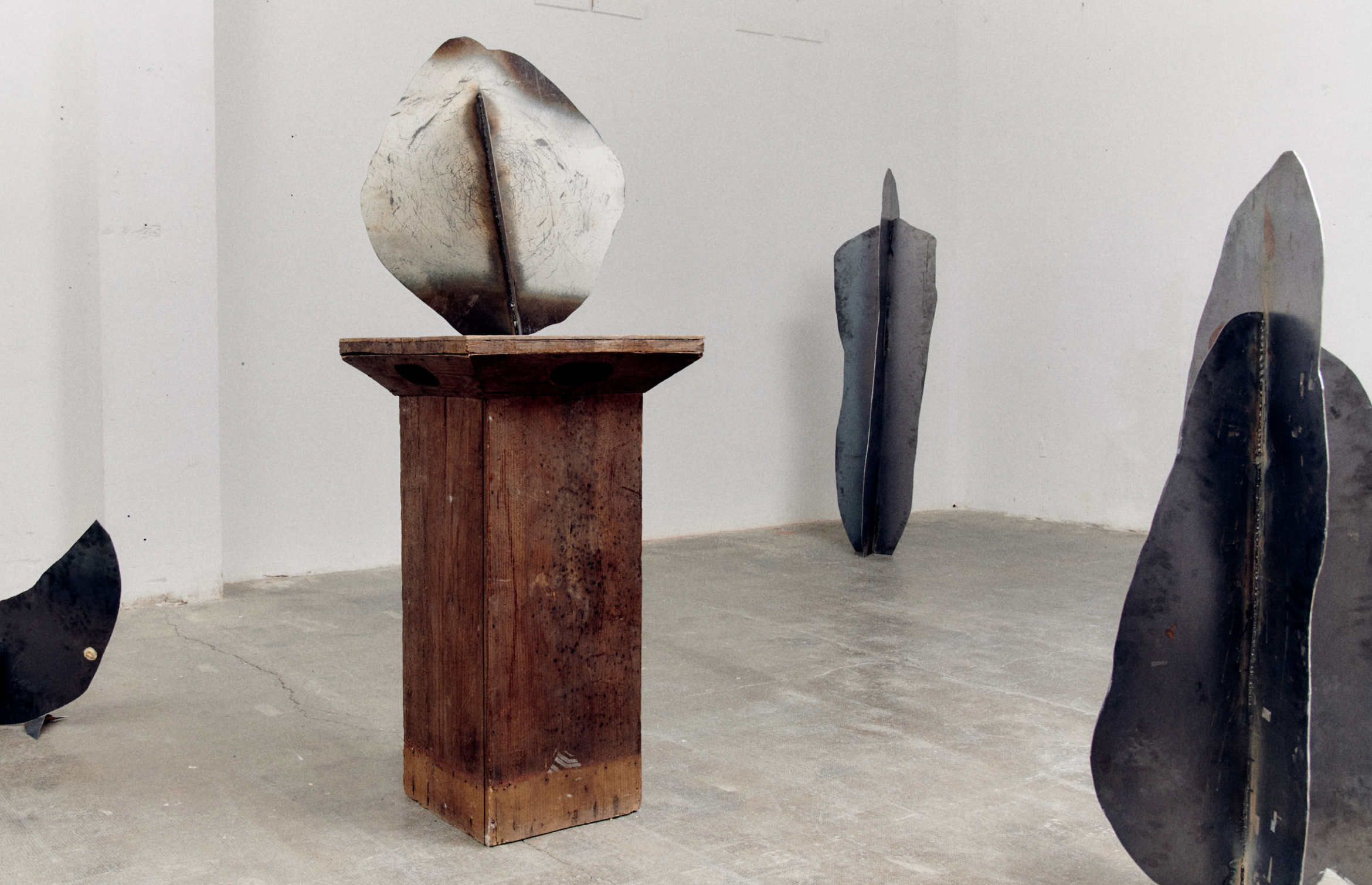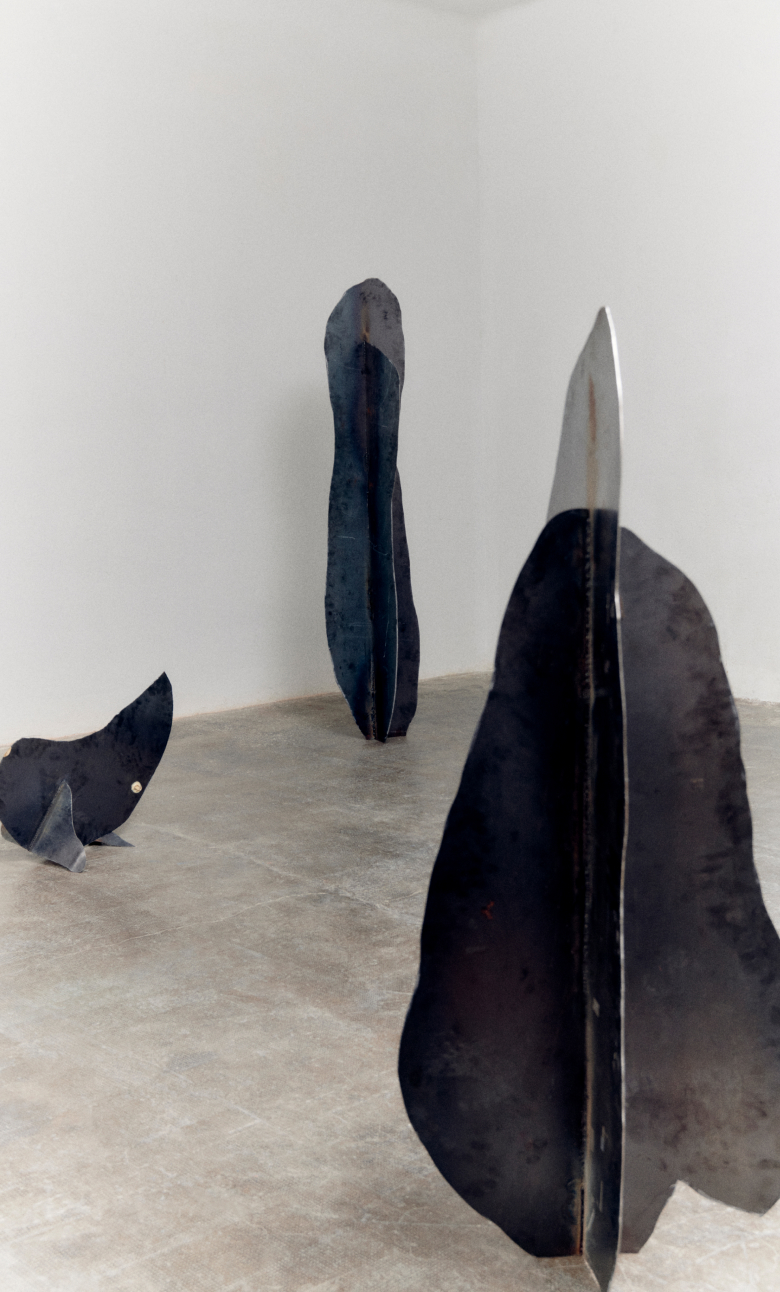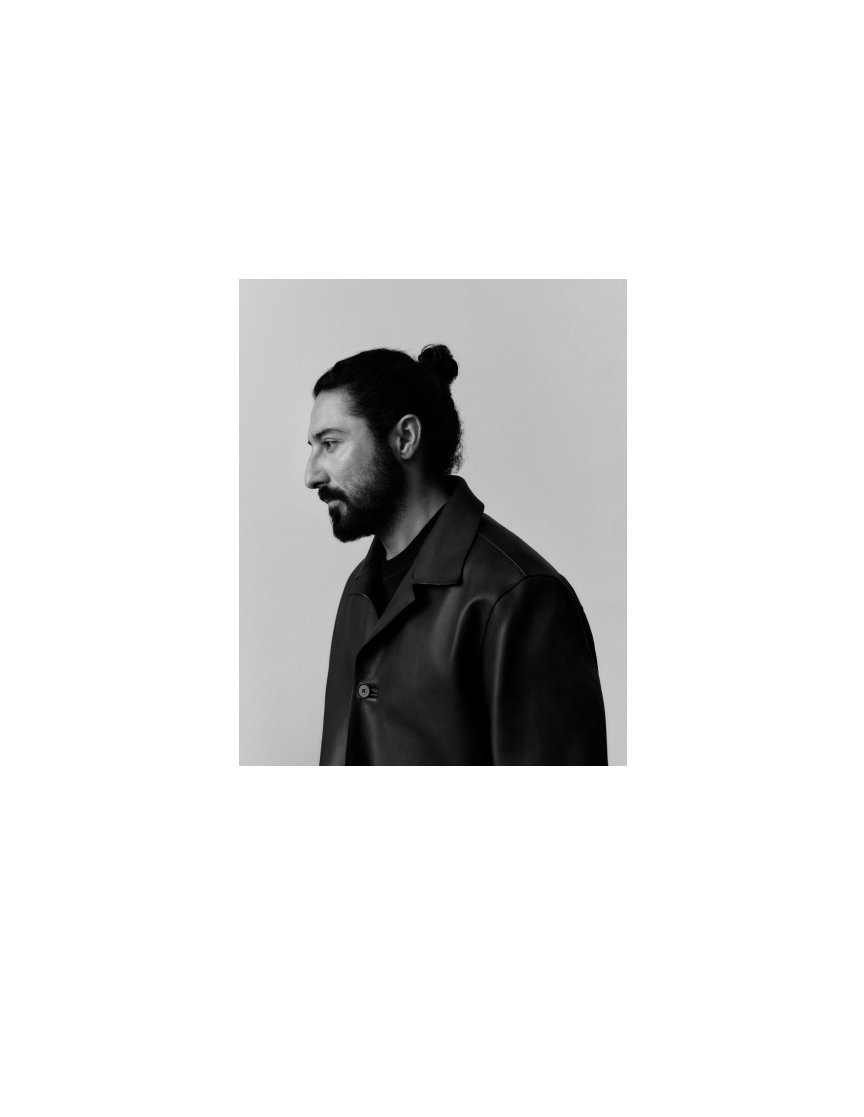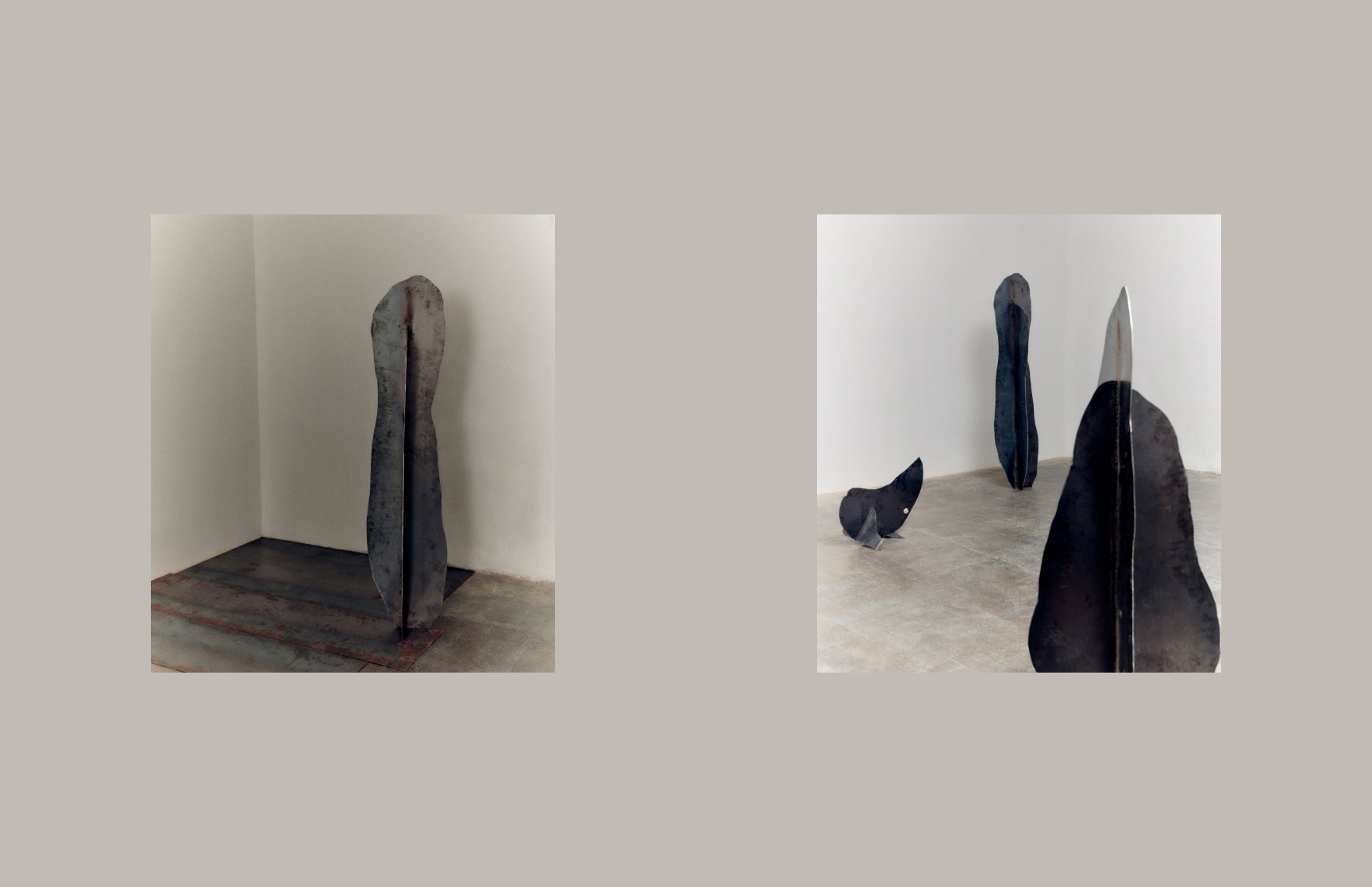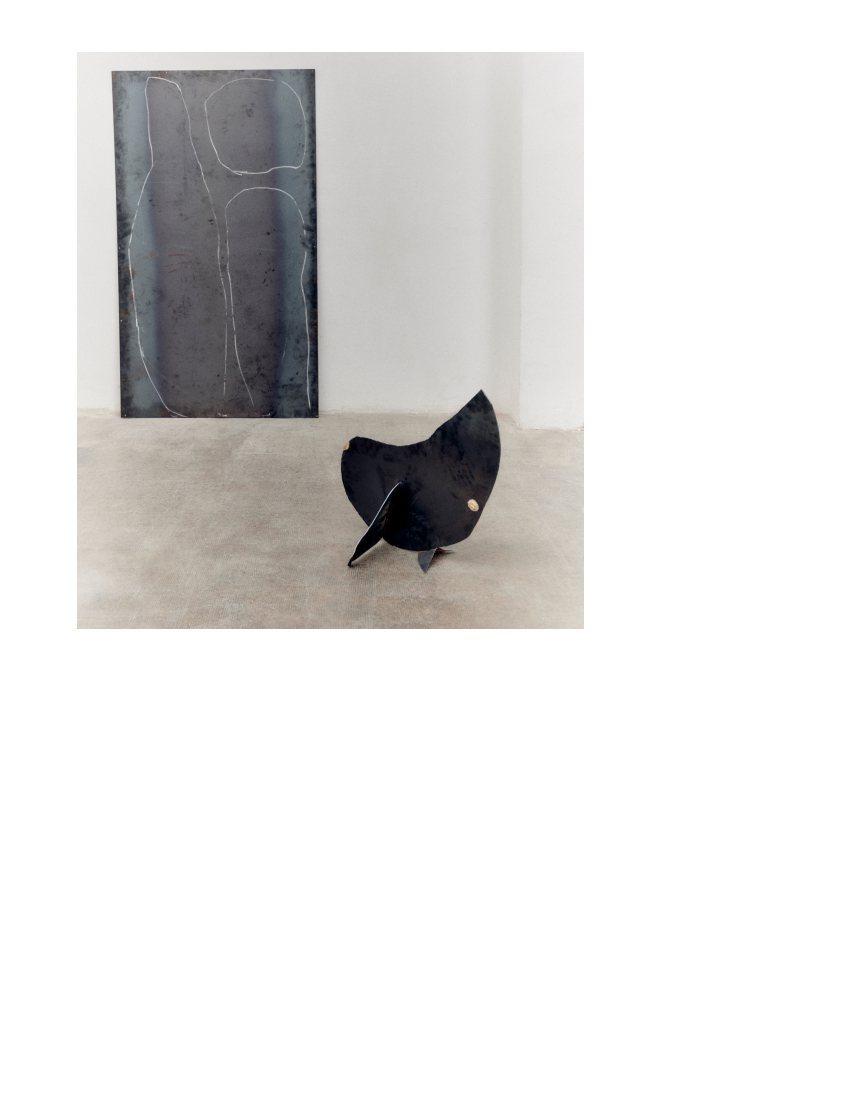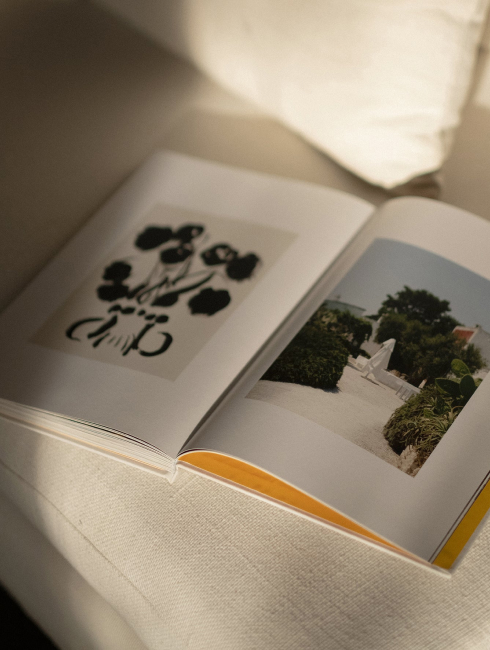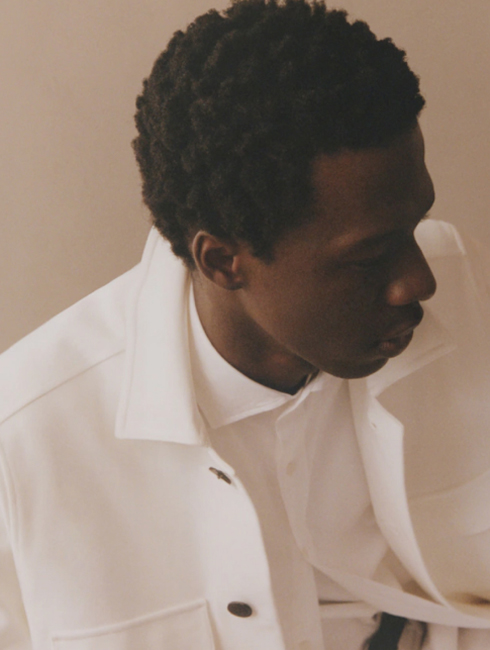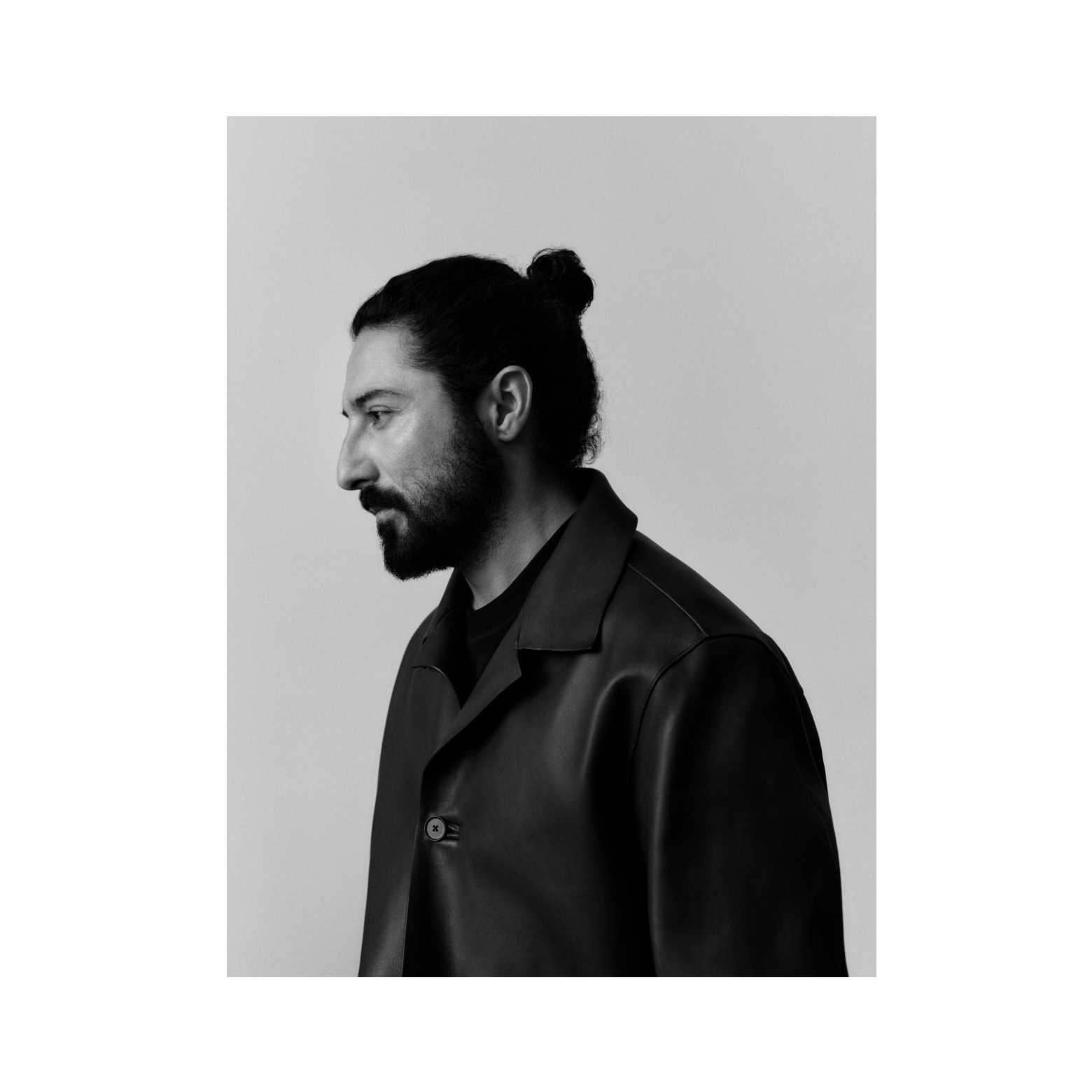
THE COLLECTIVE
ART IN PROGRESS
COBALTO STUDIO
Massimo Dutti writes a new chapter in his collaborations with artists. On this occasion, the naturalistic works of the multidisciplinary artist, Gabriel Escámez of Cobalto Studio, have contributed to the creation of an arty environment inspired by the Mediterranean, for one of his latest men’s collections.
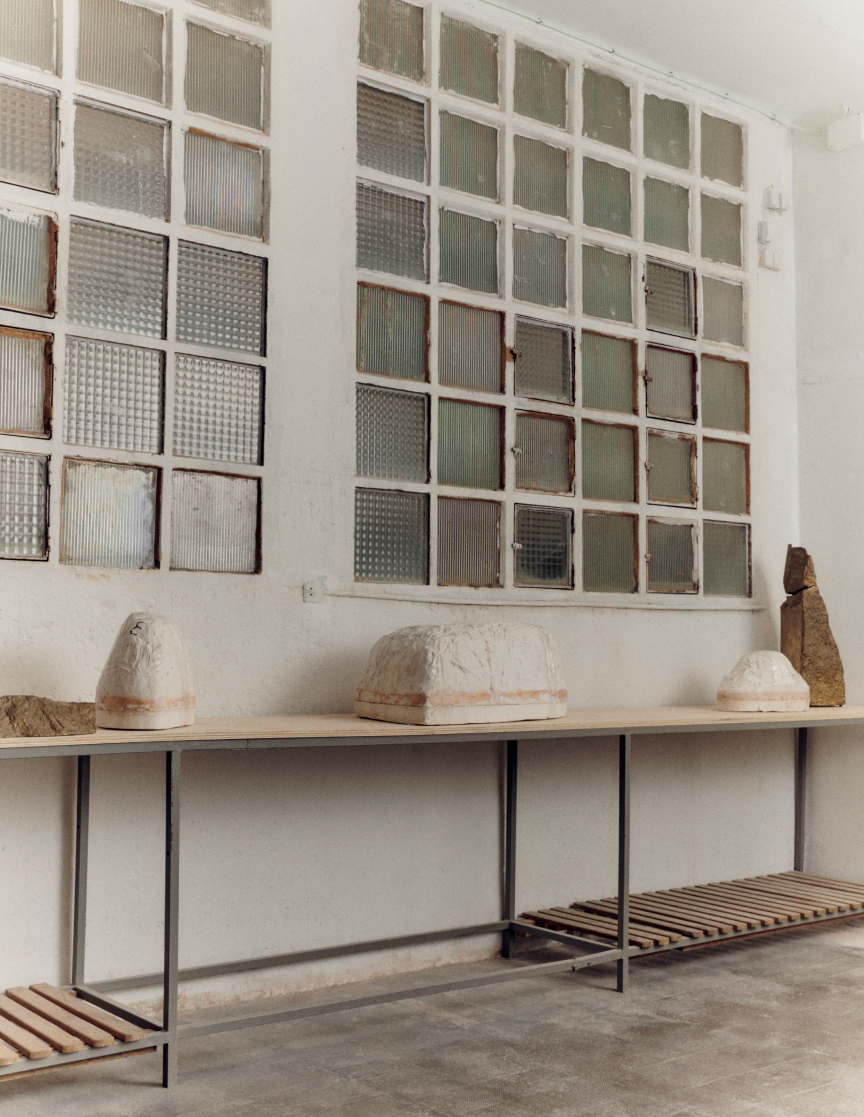
THE COLLECTIVE
ART IN PROGRESS
COBALTO STUDIO
How would you define Gabriel Escámez?
An unconscious Barcelonian who approaches everything that arouses his curiosity without the fear that a good previous reflection would have warned him.
What is your link with the Mediterranean Sea, a space that is always present in all your work?
It is the space where my inner child continues to observe, where memories are harboured that today raise questions that I would like to resolve; of those artisan fables of which I didn’t know the processes and today I continue to investigate around the basin of this sea.
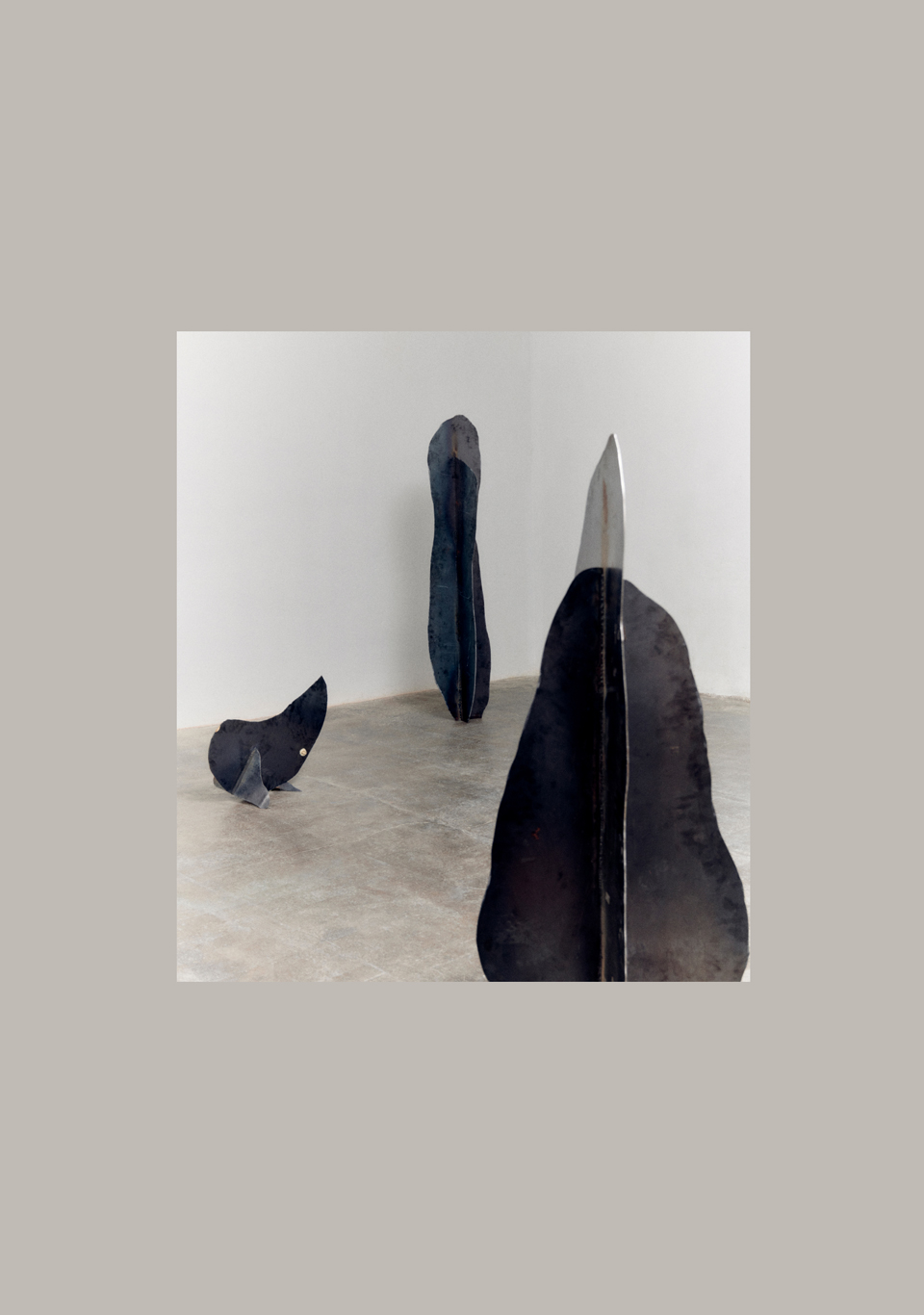
THE COLLECTIVE
ART IN PROGRESS
COBALTO STUDIO
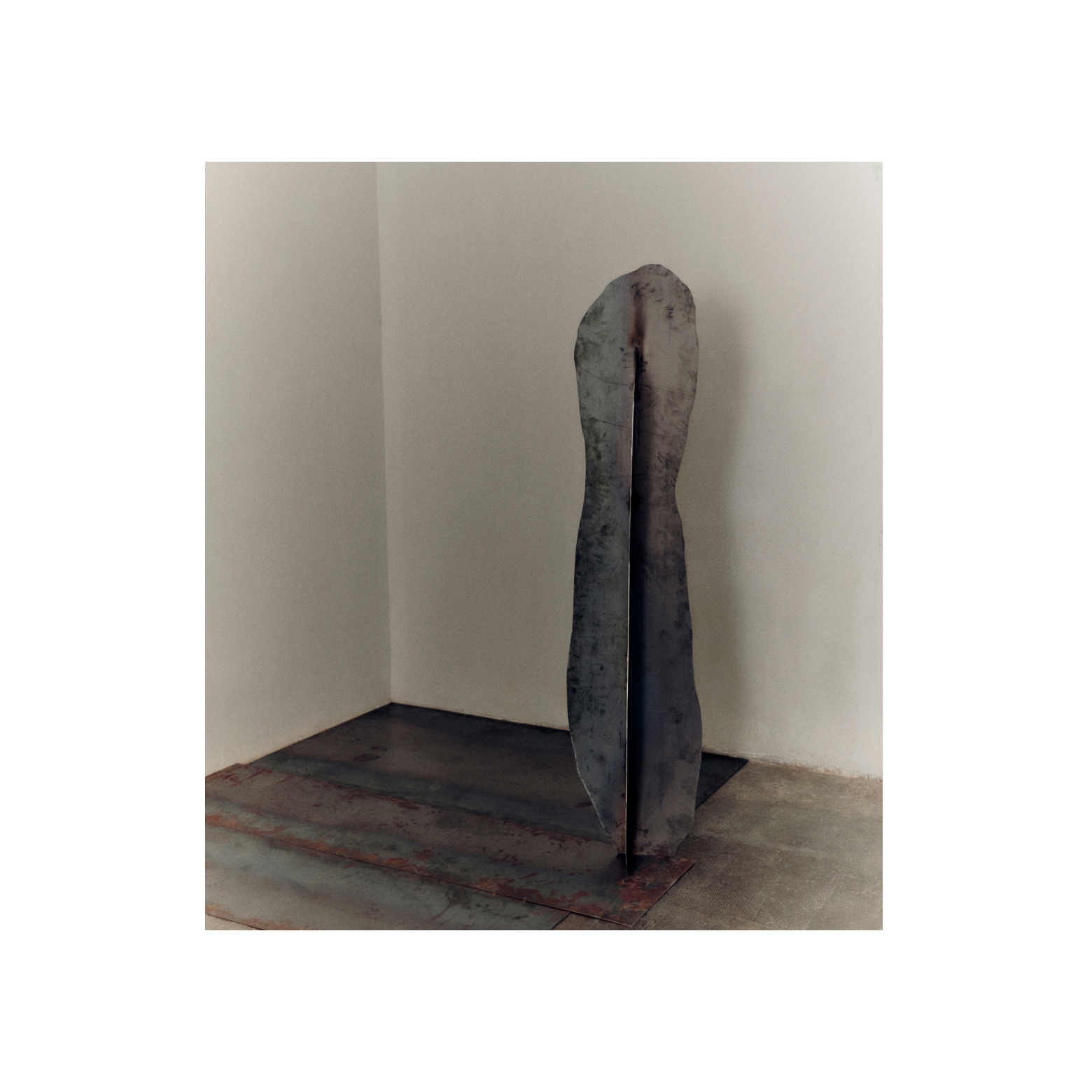
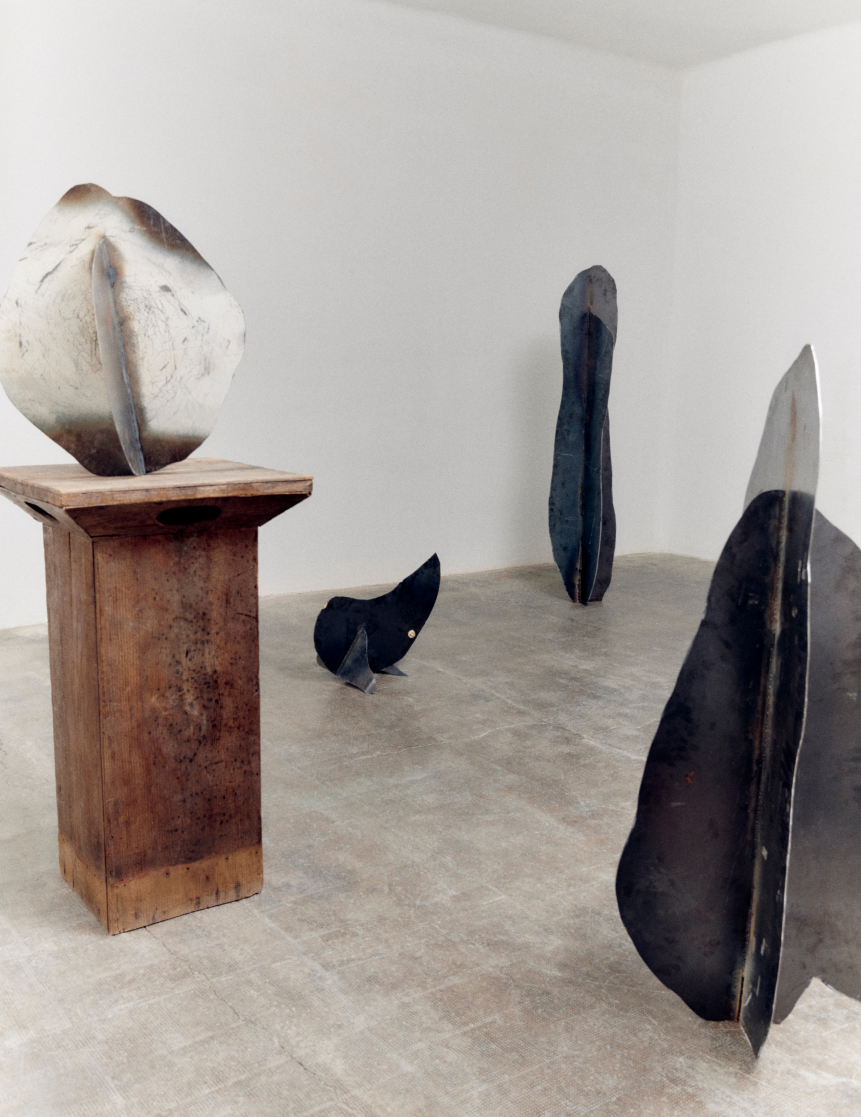
THE COLLECTIVE
ART IN PROGRESS
COBALTO STUDIO
Stone, clay, textiles… what is your fetish material?
I think in my case the fetish lies more in the process than in the material itself.
From the simple to the elevated through the ritual of fire that unites two of my favourite materials to date: iron and ceramics, completely changing the conception of the material after the process where from something as volatile as clay something as delicate as ceramics is achieved, which through this fire in the union of copper and zinc results in a material as beautiful as brass, adapting to any shape.
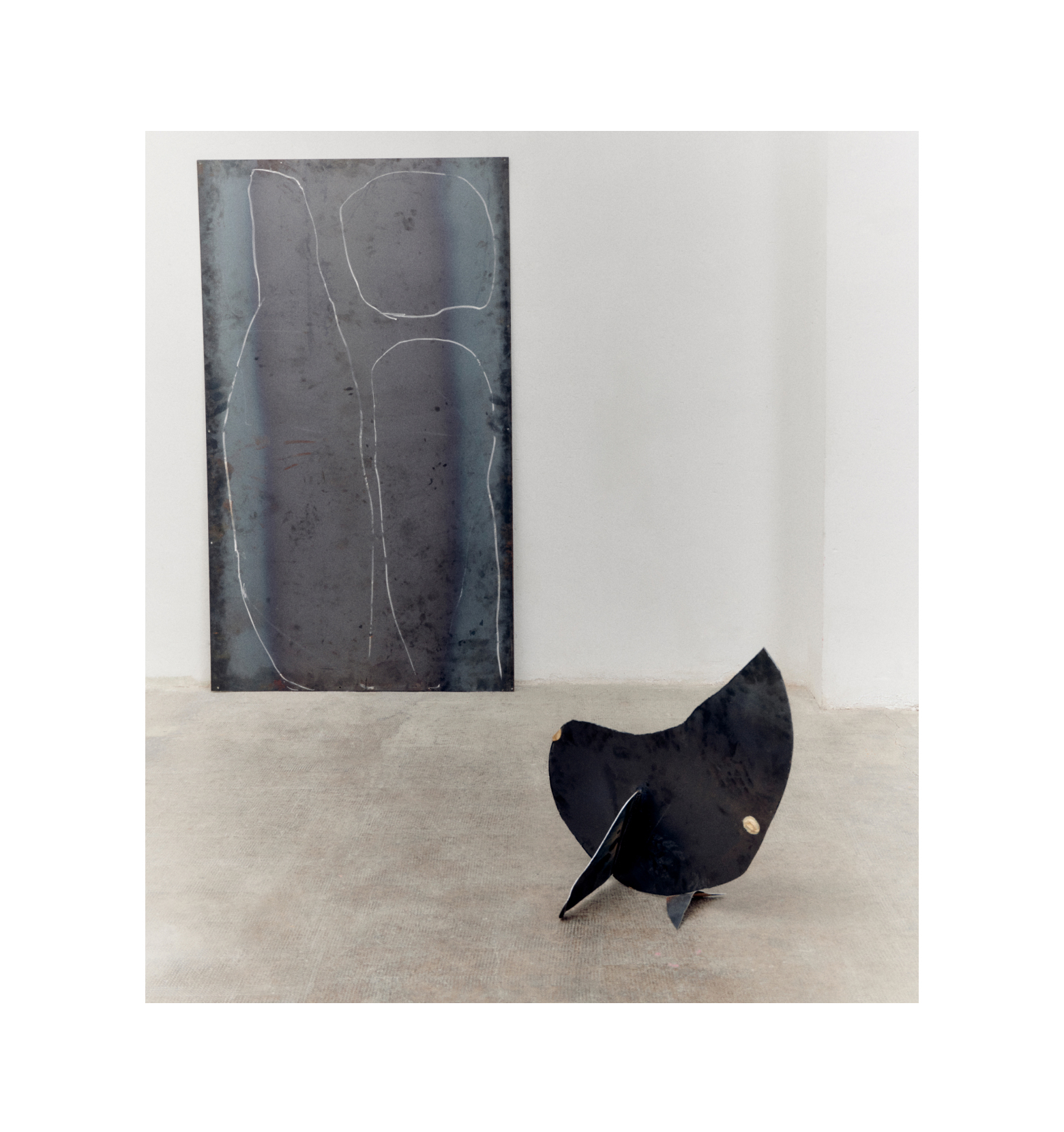
THE COLLECTIVE
ART IN PROGRESS
COBALTO STUDIO
Your latest project, a series of signature pieces that have been exhibited in one of the latest editorials of your men’s collection Milos, by Massimo Dutti, has a very evocative name: “Poète espagnol”. What role does the poetry of the Generation of ’27 and more specifically Federico García Lorca play?
The works that appeared are part of an installation entitled “Alium” and are inscribed in a transformation of garlic, paganly understood as a symbol of protection that will form part of the entrance to a special and private space, mimicking nature.
“Poète espagnol”, the collection of lamps you mention alluded to the purity of Cabo de Gata as well as the innocence and harshness of the Spanish exodus. They were tastings of the orography of the terrain of this natural park. The stone pieces in brass cast underground levitated when illuminated, coming out of the walls or generating very expressive retractions, paying homage to the work of a subtle observer of brilliant expression, Lorca.
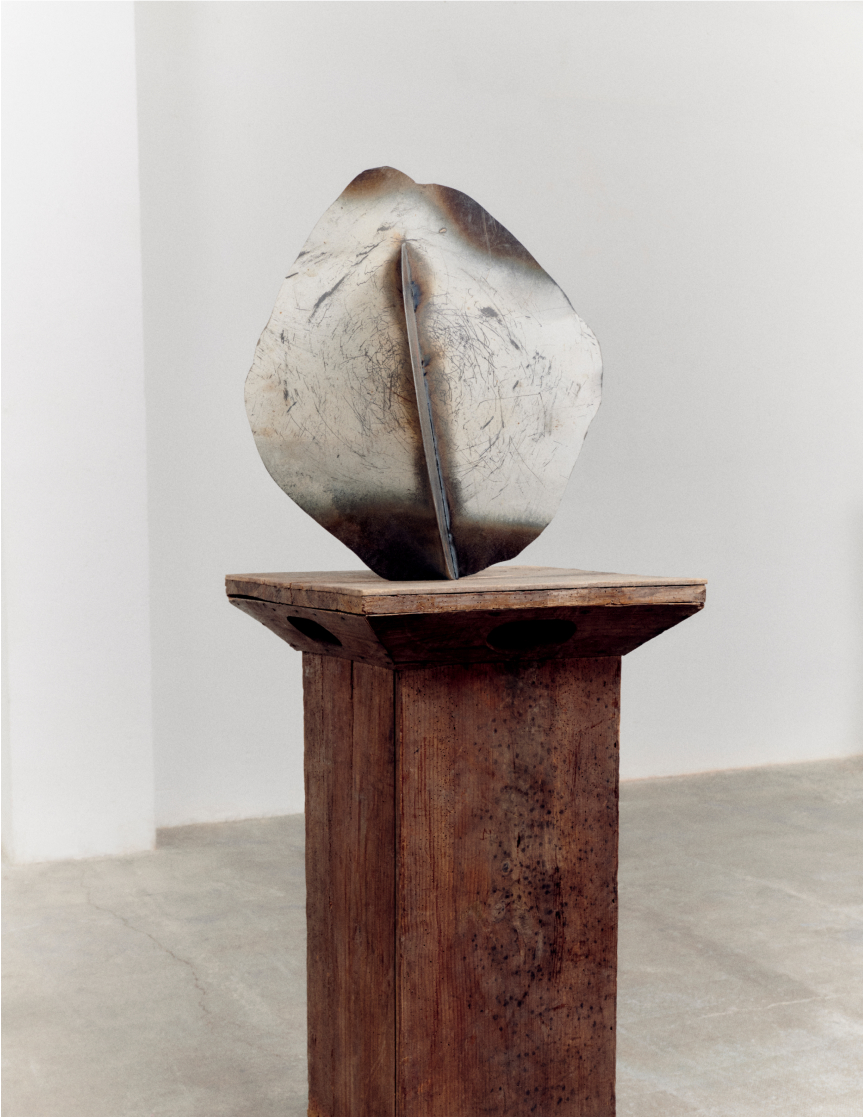
How do you see the future of art?
I believe that art, as well as having a political implication in social development, should ground realities in a more organic way, bringing them closer to where we have been deprived of them, nature, in a healthy and respectful way.
This hypothetical and false reality of an aseptic future, of futuristic cities far removed from the naturalised world that humanises us, fortunately I think it is already part of other decades.
What would be your dream project?
It will probably be one of those hidden projects in search of something that I don’t know at the moment but that I will undoubtedly find. I just hope it will be one of those projects that fill you with adrenaline and that share life in a poetic way, being grateful for having lived with all the mistakes that come with it.
